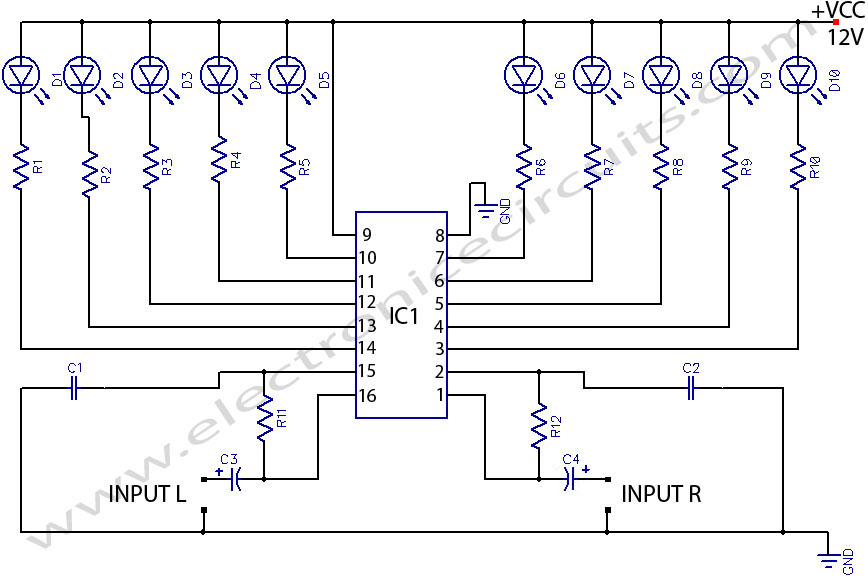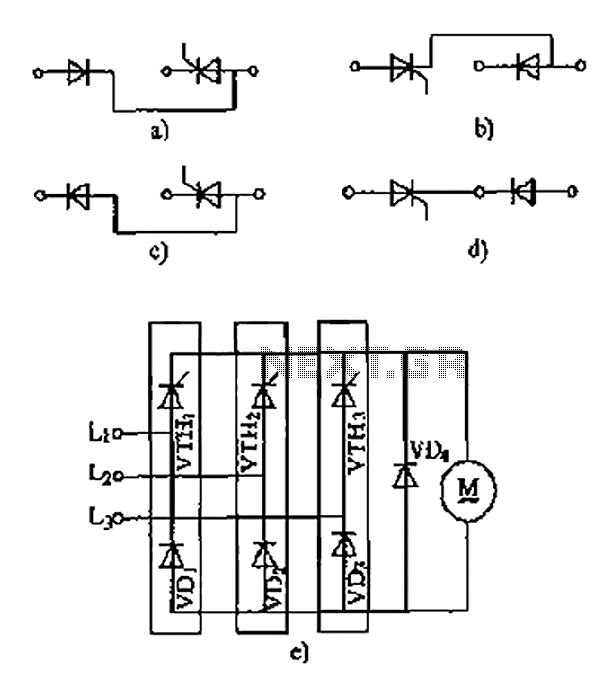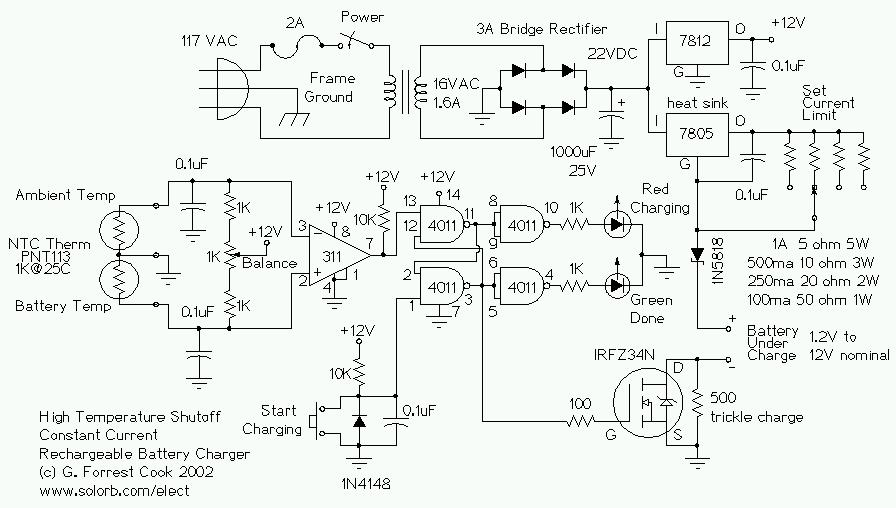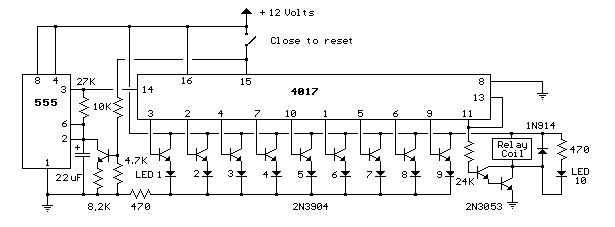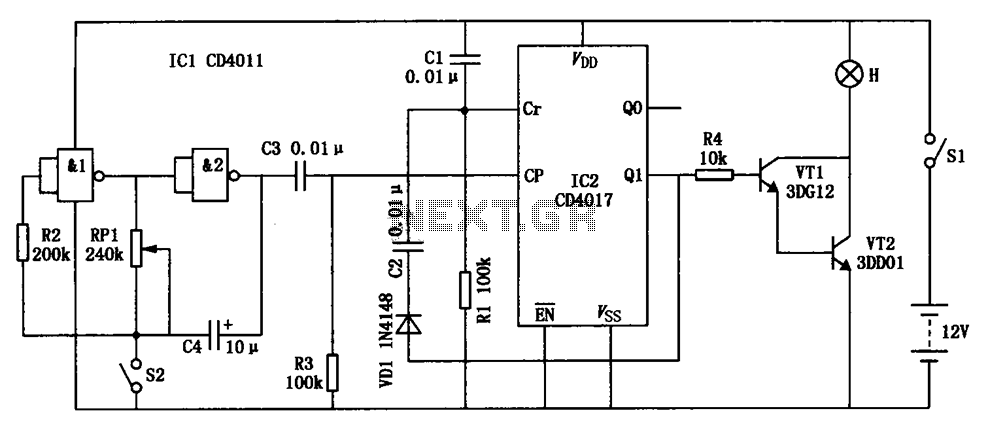
Manual Adjustable LED Driver
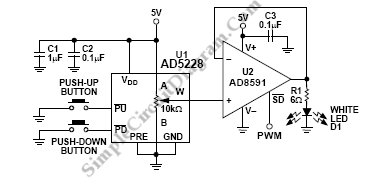
In various electronics-level adjustments, such as LED drivers for LCD panel backlight controls, the AD5228 can be utilized. A manually adjustable LED driver is illustrated.
The AD5228 is a dual-channel, digitally controlled potentiometer (DCP) that can be employed in applications requiring precise control over electrical signals. It features a 256-position wiper setting, allowing for fine-tuning of output levels, which is particularly useful in LED driver circuits for backlighting applications. The device operates via a simple two-wire interface, enabling easy integration with microcontrollers or other digital systems.
In a typical application, the AD5228 can be configured to adjust the brightness of an LED by varying the resistance in the circuit. The LED driver circuit can consist of a power supply, the AD5228, and the LED itself. The output from the AD5228 is connected to the LED, controlling the current flowing through it based on the wiper position selected via the digital interface. This configuration allows for smooth dimming capabilities and precise control over the LED brightness, which is essential for enhancing user experience in LCD displays.
Additionally, the AD5228 supports both linear and logarithmic taper options, providing flexibility in response characteristics based on application needs. The device also has built-in EEPROM functionality, allowing for the storage of settings and configurations, which can be particularly beneficial in applications where consistent performance is required after power cycling.
To implement the AD5228 effectively in an LED driver circuit, careful consideration must be given to the power ratings, the maximum allowable current through the LED, and the overall thermal management of the circuit to prevent overheating. Proper layout practices, including adequate grounding and minimizing parasitic capacitance, will enhance the performance and reliability of the circuit.In many electronics-level adjustments such as LED drivers for LCD panel backlight controls, we can use AD5228. A manually adjustable LED driver is shown on.. 🔗 External reference
The AD5228 is a dual-channel, digitally controlled potentiometer (DCP) that can be employed in applications requiring precise control over electrical signals. It features a 256-position wiper setting, allowing for fine-tuning of output levels, which is particularly useful in LED driver circuits for backlighting applications. The device operates via a simple two-wire interface, enabling easy integration with microcontrollers or other digital systems.
In a typical application, the AD5228 can be configured to adjust the brightness of an LED by varying the resistance in the circuit. The LED driver circuit can consist of a power supply, the AD5228, and the LED itself. The output from the AD5228 is connected to the LED, controlling the current flowing through it based on the wiper position selected via the digital interface. This configuration allows for smooth dimming capabilities and precise control over the LED brightness, which is essential for enhancing user experience in LCD displays.
Additionally, the AD5228 supports both linear and logarithmic taper options, providing flexibility in response characteristics based on application needs. The device also has built-in EEPROM functionality, allowing for the storage of settings and configurations, which can be particularly beneficial in applications where consistent performance is required after power cycling.
To implement the AD5228 effectively in an LED driver circuit, careful consideration must be given to the power ratings, the maximum allowable current through the LED, and the overall thermal management of the circuit to prevent overheating. Proper layout practices, including adequate grounding and minimizing parasitic capacitance, will enhance the performance and reliability of the circuit.In many electronics-level adjustments such as LED drivers for LCD panel backlight controls, we can use AD5228. A manually adjustable LED driver is shown on.. 🔗 External reference
